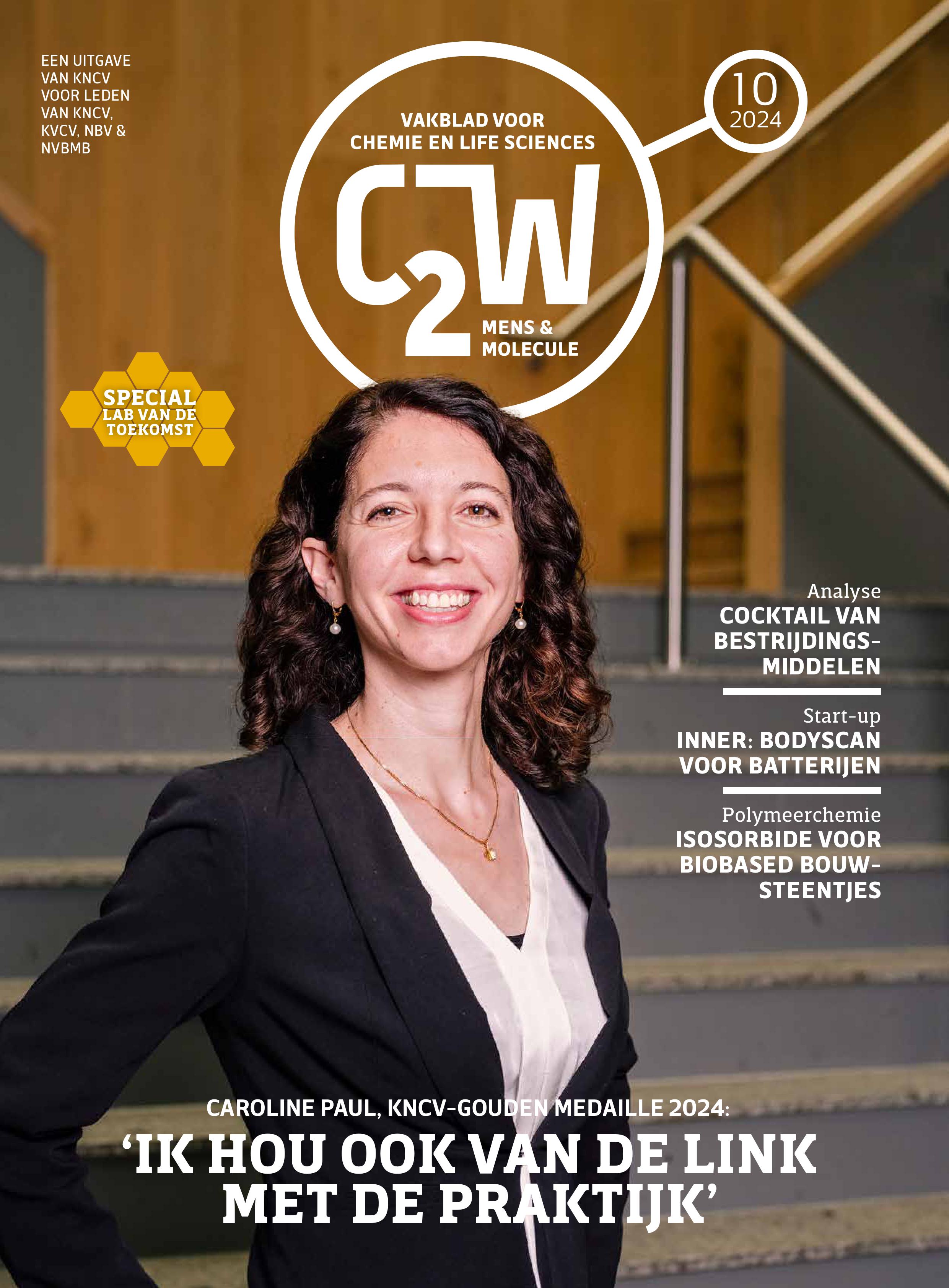Wenst u een activiteit te laten opnemen in deze lijst? Geef uw activiteit door via dit formulier.
Dry, bi- and oxidative CO2 reforming of CH4 in an atmospheric pressure glow discharge reactor: an experimental study

Categorie
Doctoraatsverdediging
Date
2024-12-19 15:00
Locatie
Universiteit Antwerpen, Campus Drie Eiken, Gebouw S, Auditorium S1 - Universiteitsplein 1
2610 Antwerpen, België
2610 Antwerpen, België
Promovendus/a: Bart Wanten
Promotor(en): Annemie Bogaerts
Several established processes face a significant cost to capture and store CO2, required to avoid its emission. Therefore, processes that are electricity driven, coupled to a renewable energy source, while providing a pathway to valorise CO2 and other greenhouse gases, are required.In this thesis, I focus on the combined conversion of CO2 and CH4 (the so-called dry reforming of CH4) by means of a plasma reactor, in particular a confined atmospheric pressure glow discharge. Specifically, I conducted experiments for a wide range of conditions and additive gases, with the goal to find the optimal reaction conditions with this specific plasma reactor, that leads to the formation of syngas, a mixture of CO and H2. Syngas can be further processed into a variety of liquid fuels, such as methanol and various long-chain hydrocarbons, depending on the relative amount of CO and H2. An excellent performance compared to the state-of-the-art is achieved. Specifically, a CO2 and CH4 conversion of 64 % and 94 % is reached, respectively, at an energy cost of 3.2-4 eV/molecule. The confinement in the plasma is assumed to play a crucial role with regards to these excellent results. Unfortunately, the product output’s value remains limited, as soot formation limits the use of sufficiently high amounts of CH4 with this setup, necessary to achieve a syngas ratio (H2/CO) that is high enough for further processing towards various liquid chemicals.
A potential solution for this issue is the addition of other gases next to CO2 and CH4 that can avoid the formation of soot particles to some extent. When a small fraction of O2 is added (the so-called oxidative CO2 reforming of CH4), the syngas ratio is only slightly improved. The bi-reforming of CH4, where H2O is added instead of O2, effectively helps in counteracting soot formation. Moreover, a syngas ratio of 2 is reached, which is ideal for further methanol synthesis.
Finally, these processes are compared in terms of environmental impact and economic potential. Oxidative CO2 reforming of CH4 is found to be the most promising process, with a score twice as high as for the bi-reforming of CH4 process on almost all environmental parameters considered. Compared with current syngas production technologies, all three plasma processes lead to an improved environmental performance. These results show the potential of a bright future for plasma-based syngas production.
Alle datums
- 2024-12-19 15:00
Powered by iCagenda

